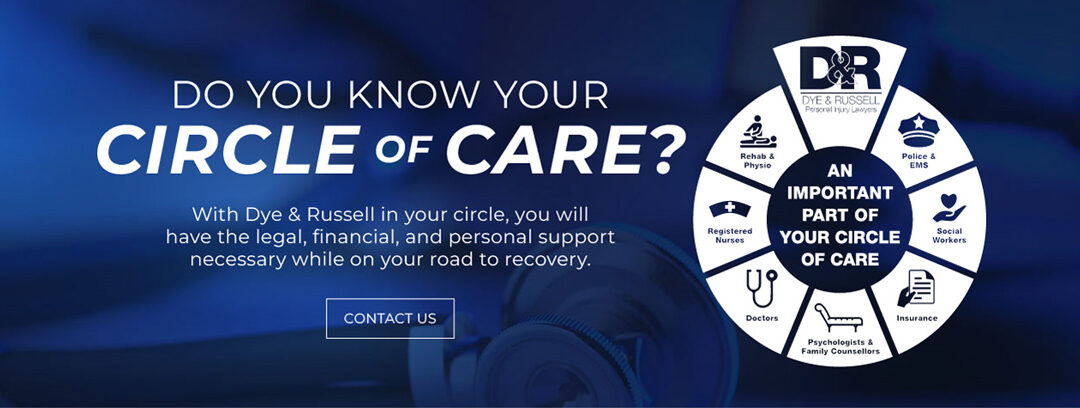
by dyeandrusselladmin | Sep 27, 2024 | Safety
Slips and falls are more than just common workplace accidents—they can lead to serious injuries. While falling might have been a minor bump in our childhoods, it becomes far riskier as we age, posing significant threats to our health and well-being. Among working-age...


